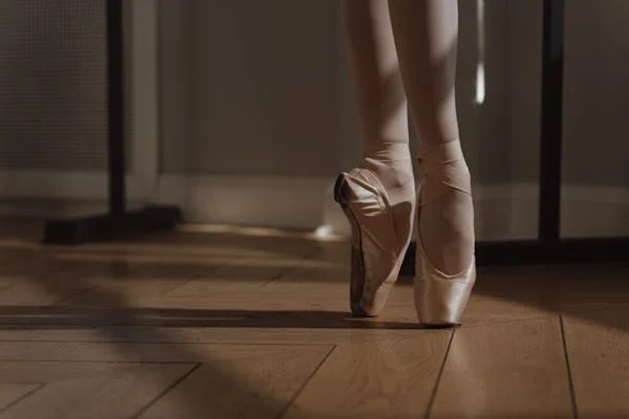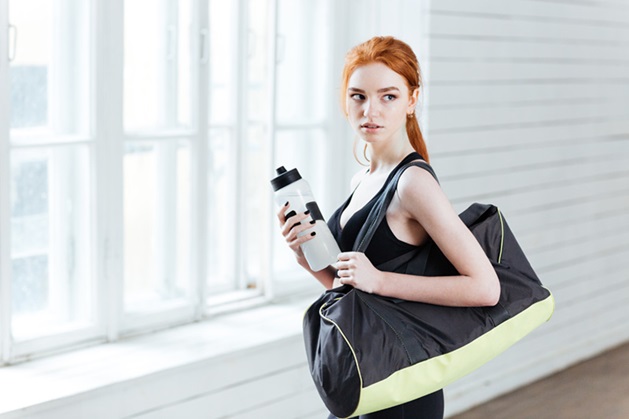Dancing and moving – it’s something that children naturally love to do. No wonder you’ve enrolled your little one in a ballet class. Prepare for their first lesson with our useful tips.
Dress Them for the Part
When it comes to dancewear for the youngest, comfort is essential. They may not want to put on footwear or a dress that’s too tight or has the wrong texture, let alone dance in it. You should opt for breathable, lightweight, modest and stretchy garments, and supportive shoes that allow freedom of movement and feel like a second skin.
However, before making any purchase, it’s a good idea to ask the teacher at the school and see what they recommend. Some dance studios will sell their own required clothing with the studio logo and colours, while others allow for a wide variety of styles and brands.
Shoes

Ballet shoes are an essential part of every dancer’s attire. The right shoes for ballerina practice should provide comfort and support for the dancer. When choosing, it’s important to consider a few things:
- Size and fit
Unlike regular shoes, these shoes should feel snug on the foot, without compromising comfort. You may want to order shoes for ballerina with a little room to grow, but do not purchase models with too much space in the toe or heel, so that your child doesn’t risk tripping.
- Material
The ballerina shoes are traditionally available in leather, satin, and canvas. Leather ballet shoes are durable and can improve young dancers’ foot strength. On the other hand, they may be a bit more expensive and harder to maintain.
Canvas ballet shoes are soft, flexible, easy to wear and clean. However, they may not provide as much support as other materials, and can wear out more quickly.
Satin ballet shoes are flattering, aesthetically pleasing, and the preferred choice for performances and competitions. On the contrary, they wear out more quickly than leather and canvas options.
- Style
Full-sole ballet shoes are a great option for beginners and young dancers whose feet are still developing. They offer a higher level of support and a greater sense of stability. Plus, they may feel warmer and more comfortable during longer rehearsal sessions.
Split-sole shoes are more flexible and allow for a greater range of motion, making them a better option for advanced dancers who are more confident in their balance and want to expand their technique.
Leotards
Leotards look like a one-piece bathing suit that helps you move comfortably, confidently and stylishly. They fit snugly on the body without causing discomfort or restriction when moving and are typically worn by older dancers. Colour-wise, there are various options available, but you can’t go wrong with a simple black or pink leotard.
Several sleeve style options are available to choose from. For instance, a long-sleeved one would be perfect for when it’s chilly, while a camisole leotard would be appropriate for the warmer months. If you can’t make up your mind, it’s best to buy one of each for seasonal wear. Again, make sure you’ve checked with your studio to see which colour and style is required for your little one’s new uniform.
Tights
Thin, flexible, and form-fitting ballet tights should lay the base for any outfit, regardless of whether it’s just for practice or performance. When picking the right pair, it’s important to buy tights meant for dancing rather than stockings meant for casual wear as these are made with different materials and won’t fit the body in the right way.
Stock the Dance Bag with Essentials

It’s always a good idea to be better prepared in case of small accidents. A messy bun? No problem, as long as you carry extra bobby pins, hair ties, and a brush to redo their hair in the middle of the class. Dirty hands, cuts, and scrapes? Alcohol-free antiseptic wipes can come in handy.
Kids can get hungry and thirsty while they dance. Make sure to pack healthy, energising options to keep them going. Think of fresh fruits like grapes and carrot sticks, granola bars, and whole grain crackers that are easy to pack and share with fellow dancers. A water bottle is a must!
Aside from hair accessories and snacks, you should have a change of dance clothes in your bag. Pack multiple pairs of tights, warm-up clothes and clothes to change into after the class so that they can feel more comfortable.
Tell Them What to Expect
Pump your little dancer up, but make sure you don’t overdo or force it. Talk enthusiastically about the day ahead. Tell them they’ll be sharing the same space with other children and doing dance moves together. You can read a book or watch a video together. Also, arrive a few minutes earlier to explore the space and go to the bathroom if needed.
Finally, it’s a good idea to plan some exciting activities after the class as a reward. Go to the park for an ice cream, give them stickers to show off, praise them – there are plenty of ways to reward your little dancer.


